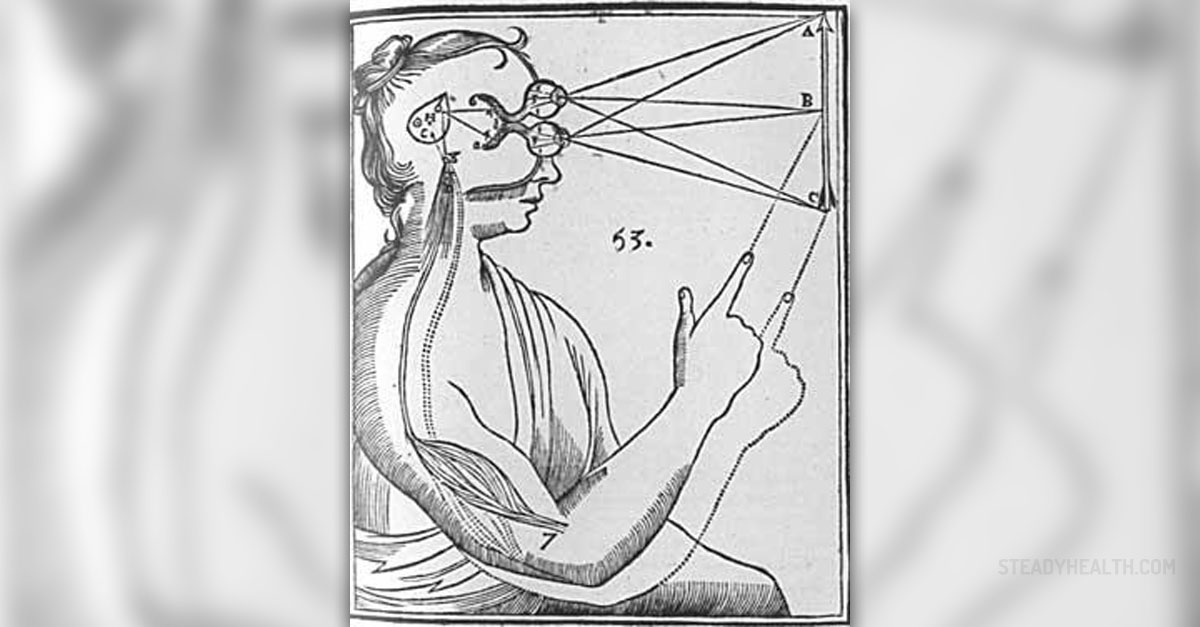
What Is The Pineal Gland?
The pineal gland is an endocrine (hormonal) gland situated at the center of the brain. This organ is also known as the “third eye”, “pineal body”, “epiphysis cerebri” and “epiphysis”. The pineal gland is a cone-shaped organ with a size similar to that of a pea.
Like any endocrine gland, the pineal gland secretes hormones into the bloodstream. The hormone that is produced by the pineal gland is known as melatonin. The role of melatonin is to regulate a person's sleep-wake cycle, and this is why some people with insomnia or other sleep problems take melatonin supplements to achieve better sleep.
The pineal gland consists of cells known as pinealocytes that secrete hormone melatonin through the capillaries. Melatonin is responsible for many roles, including metabolism, sexual development and for regulating other hormones in the body. This hormone also supports circadian rhythm of the body which represents the day/night cycle important for sleeping and waking up.
The hormone melatonin is released more in the dark and less in the light and because of that we feel sleepy when it is dark. Types of activity that disturb the circadian rhythm, such as jet lag or shift work, can lead to disorders of the pineal gland. Pineal function can be affected by environmental stresses such as abnormal light and dark rhythms, temperature oscillations, radiation, high altitude and magnetic fields.
Symptoms of Pineal Gland Disorders
Disorders of the pineal gland are generally caused by an abnormal secretion of melatonin. This may happen when a person is exposed to excess light during the night or not enough light during the day. A pineal gland disorder may also occur because of jet lag or changes in time zones.
People who are working in shifts, particularly night shifts, may suffer from disorders of the pineal gland as well because of disturbed circadian rhythm. Poor vision disrupts the melatonin cycle as well and in blind people, the circadian rhythm is often imbalanced because of a lack of feedback about the beginning of the day and beginning of the night. Pineal gland disorders may also occur due to a deficiency or excess production of melatonin.
In case of melatonin deficiency, insomnia may occur. This means a person will not be able to fall asleep, that they often wake up through the night, or that they consistently wake up much earlier than they had planned to. Apart from that, an affected person may suffer from increased anxiety and disturbed immune system. Increased level of estrogen/progesterone ration as well as decreased basal temperature may also result from melatonin deficiency.
The overproduction of melatonin may lead to disorders of the pineal gland as well. They include lower blood pressure, or hypotension, decreased levels of estrogen/progesterone ratios in women, and poor function of adrenal and thyroid gland. Seasonal affective disorder (SAD) is another symptom of excess secretion of melatonin. This disorder is actually depression caused by short days or minimal sunlight during the winter months, and it is more common in countries with short amounts of daylight, such as Scandinavian countries.
Apart from abnormal production of melatonin, the pineal gland may be affected by tumors such as gliomas, germ cell tumors and pineal cell tumors. Symptoms of these tumors include headaches, seizures, nausea, vomiting, disturbed memory and visual problems.

















Your thoughts on this
Loading...